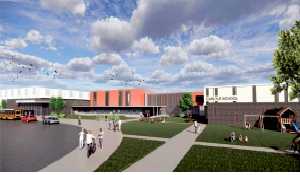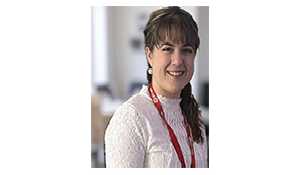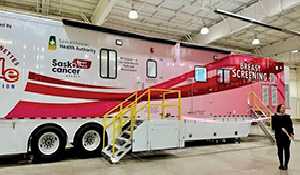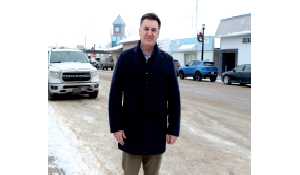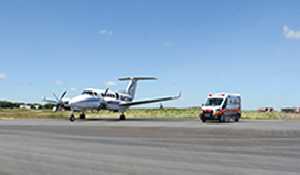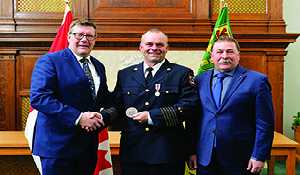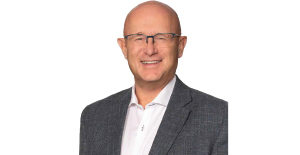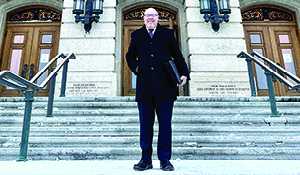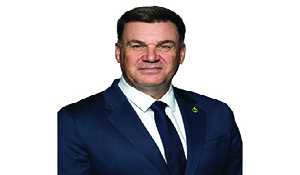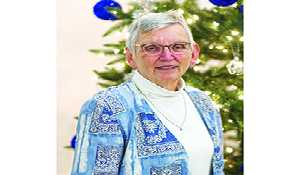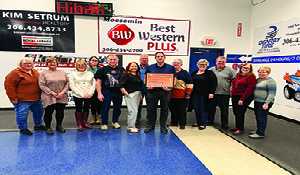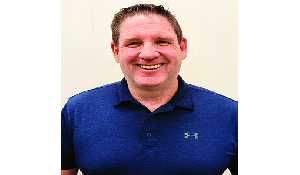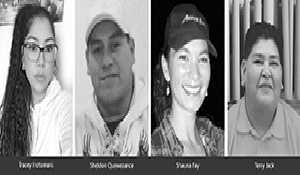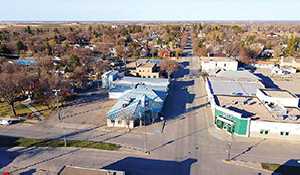Update on health care recruitment in Sask.
February 6, 2023, 1:42 pm
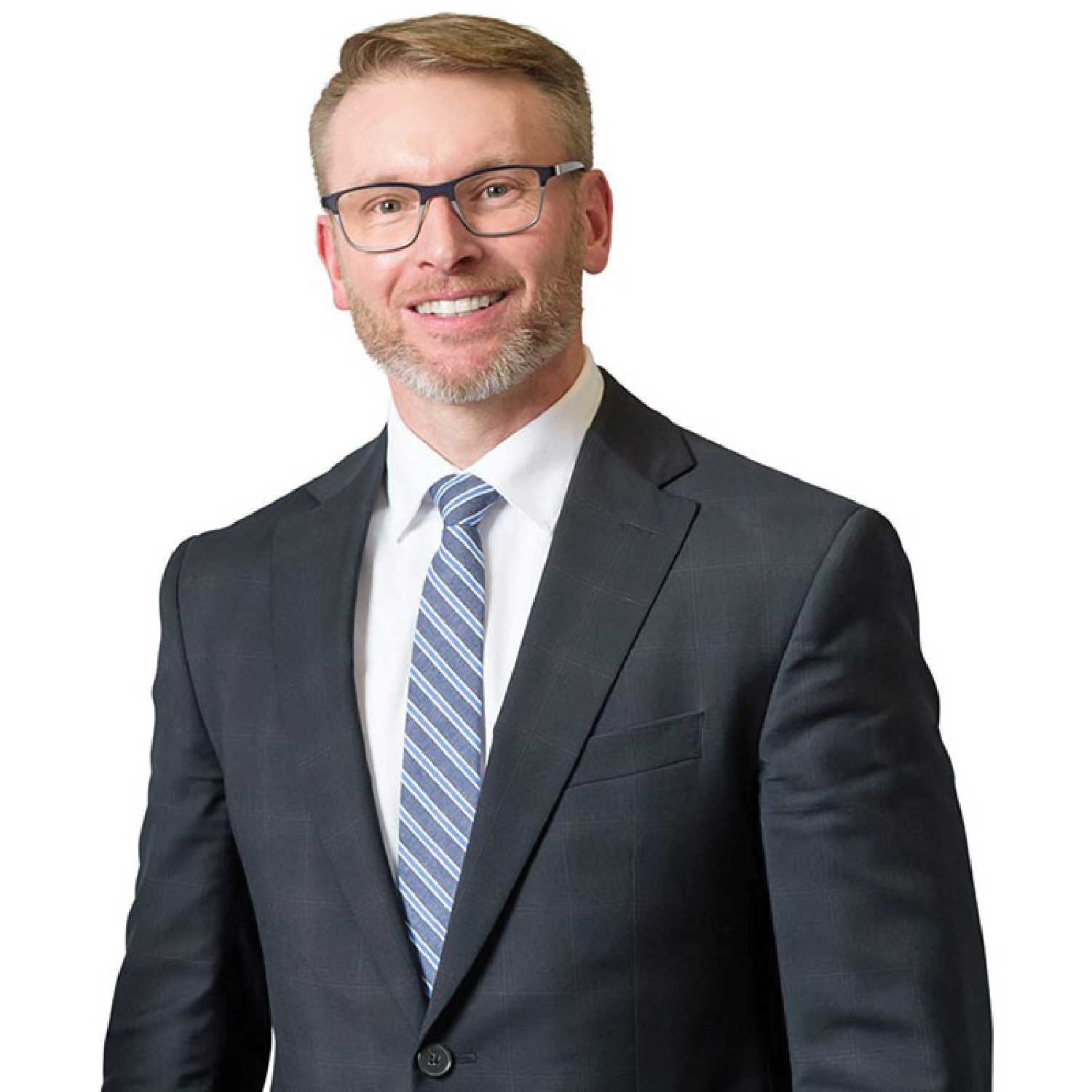

The World-Spectator editor Kevin Weedmark and Reporter Sierra D’Souza Butts recently spoke with Saskatchewan’s Health Minister Everett Hindley about the province’s progress in its Health Human Resources Action Plan for recruiting and hiring over 1,000 health care workers over these next two years. The interview follows.
How are things going with the health care recruitment initiative?
The updated information from the Health Human Resources Action Plan from the press release that was issued last week, that was in regards to the plan we launched in September. With multiple meetings and conversations that Minister Merriman and I have been having, as well as our MLAs across this province, including the Moosomin constituency as well about the plan to recruit, train, incentive, retain over 1,000 more health care workers to communities right across this province.
We’re seeing some results. We’ve reported back to the general public several times now and we’re going to continue to do this, in terms of tracking and showing people where we’re having some successes. As well, pointing out that we are having some successes, we do know there is more work to do and we’re going to continue to try and bolster this plan.
We’re preparing for the provincial budget in the spring as well. I think there will be some announcements in weeks ahead on some other initiatives which will dovetail quite nicely with the health care plan right here.
Things are going well, we’ve had a number of updated statistics of new hirings to a number of communities across Saskatchewan where we’ve been able to bring in some new health care workers, which has helped stabilize some of the staffing pressures that we have.
Have the rural incentives evened out the playing field and made it easier to fill those rural positions as easily as the city ones?
They have been, and it doesn’t happen overnight, but we’re starting to see some of the positives of that. That being said, we might need to make some changes and adaptations to it along the way. The up to $50,000 incentive for a three-year return of service agreement, we’ve started it by saying we’re going to make that available to new employees in nine high priority designations in rural and remote areas.
Since launching back in October, we’ve managed to approve 31 incentive packages for a number of different occupations, registered nurses, license practical nurses, continuing care aids, combined lab and x-ray techs, medical lab techs, medical radiation techs as well.
We’ve had people benefit and apply for the incentives in North Battleford, Wilkie, Indian Head, Moose Jaw, Redvers, Outlook, Lloydminster, Prince Albert, Meadow Lake, La Ronge, Leader, Kamsack, Estevan, Swift Current and Weyburn.
It just goes to show we are making some advancements. Again, we’re going to continue to do this, to provide updates to people. I know as an MLA and as a minister, I’m hearing from people who are interested in the program. We are also getting feedback on how to make it more attractive, perhaps some changes to the program and we’ll always consider those, but it is working.
That’s important to note because what that means is we have people who are hearing about the incentive package, they’re hearing about the health human resource plan, they’re interested and then they’re following up on it. They’re contacting us and we’re following up with them, doing what we can to see if they do qualify for some of these incentives, that way we can get them hired into the system and get them to some of these areas where, frankly, we need the help.
Do you have any benchmarks you were aiming at? The number for the incentive packages for instance, is this where the government thought they would be at this point in time?
It’s going very well, I would say that. What our ultimate benchmark is, is restoring service in an area where perhaps it’s been temporarily disrupted because of a short staffing issue.
We want to make sure we’re bringing back and restoring services in rural communities, northern, and remote communities where they’re not operating up to capacity, simply because they don’t have enough staff. That’s the ultimate benchmark we’re trying to achieve.
That being said, we as a government are trying to make sure that we’re pursuing this aggressively because that’s ultimately what we want to do, is to make sure we are doing everything we can.
It’s very competitive out there. I’m sure you’ve seen what other provinces and territories are trying to do to also recruit health care workers, and not just from within their own borders, but they’re looking outside as well. They may be looking to try and get some health care workers from Saskatchewan, so we want to make sure we’re competitive and that’s ultimately what we’re trying to do.
What’s the feedback you’ve been hearing that’s helped the government adjust the health care recruitment program?
When we launched the program back in September, it was fairly aggressive. We wanted to make sure we needed to act very quickly. We could’ve waited until this period of time as we prepare for our spring budget, but we really felt we didn’t have that opportunity to do so.
We designed the Health Human Resources Action Plan, including the incentive packages, as quickly as we could. We try to assemble them with the information we had available, and when you do that, perhaps sometimes you can miss some things. I know our officials have been taking a close look at that. Myself and Minister Merriman, when we do hear from individuals who might say, ‘you know what, this program is great, but have you considered this,’ and we take a look at that. Perhaps we can tweak the eligibility requirements around that program to make sure more people can qualify. That’s what we’re trying to achieve here, is a balance of not only is it being attractive, but if it actually works and is able to be applied for and qualified for individuals so they can start working in some of these communities where we really need them.
Based on what has happened with the recruitment from the Philippines so far, do you think you’ll be able to meet your target and bring nurses from there?
Yes, we’re doing some really positive work when it comes to the Philippines initiative. Minister Merriman was there on a recruitment mission back in late November.
As of today, over 160 job offers have been made to Filipino health care workers that includes RNs, CCAs, and also medical lab assistants as well. There’s a number of RNs with conditional offers that are now moving through the RN pathway, that includes some of the language requirements they have to meet, bridging education and licensing as well.
We continue to do further follow up. There is some continued relationships back and forth between our officials, just to make sure that even though we’re not there on the ground, we’re continuing to follow up with their officials.
Case in point, I’m hearing from individuals, Filipino health care workers who are here in my community, who are interested in how they can encourage some of their contacts. They might have friends or family members back in the Philippines who perhaps weren’t able to make it to any of the information sessions that were being hosted by Minister Merriman when he was there in late November, but they’re still interested in coming to not only Canada, but to Saskatchewan specifically.
We are working very hard through our officials to make sure we’re doing that necessary follow up. It really is no stone left unturned, but we’re trying to fill some of these vacancies.
Is there a place where people can go online and share a link back to their relatives in the Philippines?
Yes, this has been available since the launch of the action plan back in early September.
That’s still available on the main page website at Saskatchewan.ca at the very top is the Health Human Resources Action Plan, from there you can click through a series of links whether it’s having a look at some of the health careers that are presently available right now, there’s an assessment form for internationally educated health care workers that they can use to asses their eligibility to work in the health sector here in Saskatchewan. There’s also links to the incentives, those are just some of the options there.
I would also add that one of the things we talked about, is part of the HHRA plan in September was having navigators to help with some of these international workers, to help them navigate what the requirements are to work here in Saskatchewan as part of the health care system. Those health care navigator positions have been filled. That’s a new addition of staff that can help with some of these requirements, and to try and get people working here in our province.
How is the government currently letting young adults and high school students know about these incentives for rural programs?
It really is a multi-pronged approach. It’s not just the recruitment of international workers from other countries or other provinces as well, but we also want to make sure, and we’re doing this, that we’re capitalizing on those that are here in Saskatchewan.
That’a part of some of the positions that were here before that were perhaps temporary positions or part time positions, and converting those to full time permanent positions, making them more attractive and creating full time, permanent work for people.
In addition to that, what can we as a government do is work with municipalities right across this province, to help more of our own here in Saskatchewan to get involved in the health care system and join the health care workforce. We have the SHA working very hard to engage more than they have ever before, whether it’s through job shadowing opportunities for high school students that might be considering a career in health care, as well as a number of volunteer opportunities that are available to students aged 14 and older in the province.
We’re looking at trained pathways as well, we’re looking very closely with our partners in the Ministry of Advanced Education to make sure we’re distributing materials to K-12 students regarding training opportunities in careers.
We need to be able to get in front of young people as quickly as we can to let them know about some of these exciting opportunities that are here.
I myself, as the minister, had an opportunity in late November to do that in Regina. I spoke to a class of students at the Saskatchewan Polytechnic campus in Regina and talked about the HHRA plan, but also to hear questions. We got feedback from them, we had officials from the SHA as well. We have more cohorts graduating this winter, whether it’s from nursing or other programs.
We want to make sure we’re doing everything we can to make sure people who are interested in health care, whether their young people in high school or early stages in post-secondary education, to make sure they know what’s available in health care, or to those who might be looking for a career change. Those are the avenues we’re trying to cover off.
Looking at how things are going now with recruitment, does this initiative look like it is the solution to the problem?
It’s part of the solution. As of January 11, out of those 164 positions posted in the nine high-priority classifications in rural and remote areas that are experiencing service disruptions, the SHA has hired 92 out of those 164 positions.
That being said, we’ve heard some of the commentary about the number of health care workers that will be needed in the years to come over the next decade. Not only are we trying to fill current vacancies, but we also want to build to the future and as part of that, you’ve heard us talk a bit about the training opportunities and enhancements that are being made around the province.
As an example, we’re engaging with the Saskatchewan Indian Institute of Technologies (SIIT), they are now expanding their Health Care Aide program in Prince Albert with an additional 20 seats to be added in the winter semester. We’re also doing some work with the Gabriel Dumont Institute Training & Employment as well, in terms of offering more training seats for the Indigenous support worker program. We’re offering 12 seats there for an eight-week program that’s going to start this March.
We’re going to continue to work with our First Nation partners, that’s just one example, but you’re going to see us talk a little more in the months ahead about what we need to do to increase that capacity. Yes it’s one thing to fill those existing vacancies that we have, but we also need to build to the future.
We’re working closely between the ministries of health, immigration and career training, and advanced education. That would be your regional colleges such as SaskPoly and the universities to talk about if we need to be expanding more training seats, or perhaps the programs that we don’t offer here in Saskatchewan, do we need to purchase more seats from other jurisdictions so we can train more people that can work here.
I think there’s going to be even a stronger focus and more details coming about expansion for training seats in the future, and that really sets us up for the longer term goal when it comes to the health care workforce.


